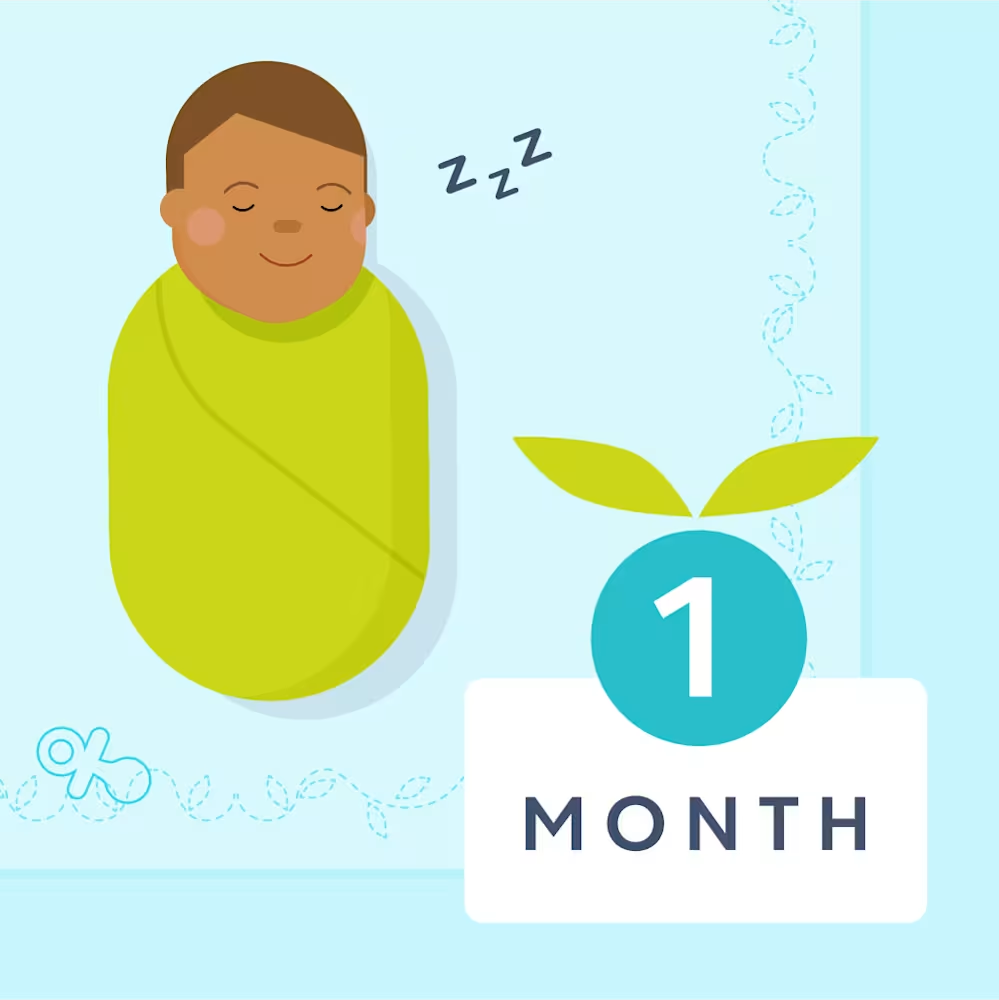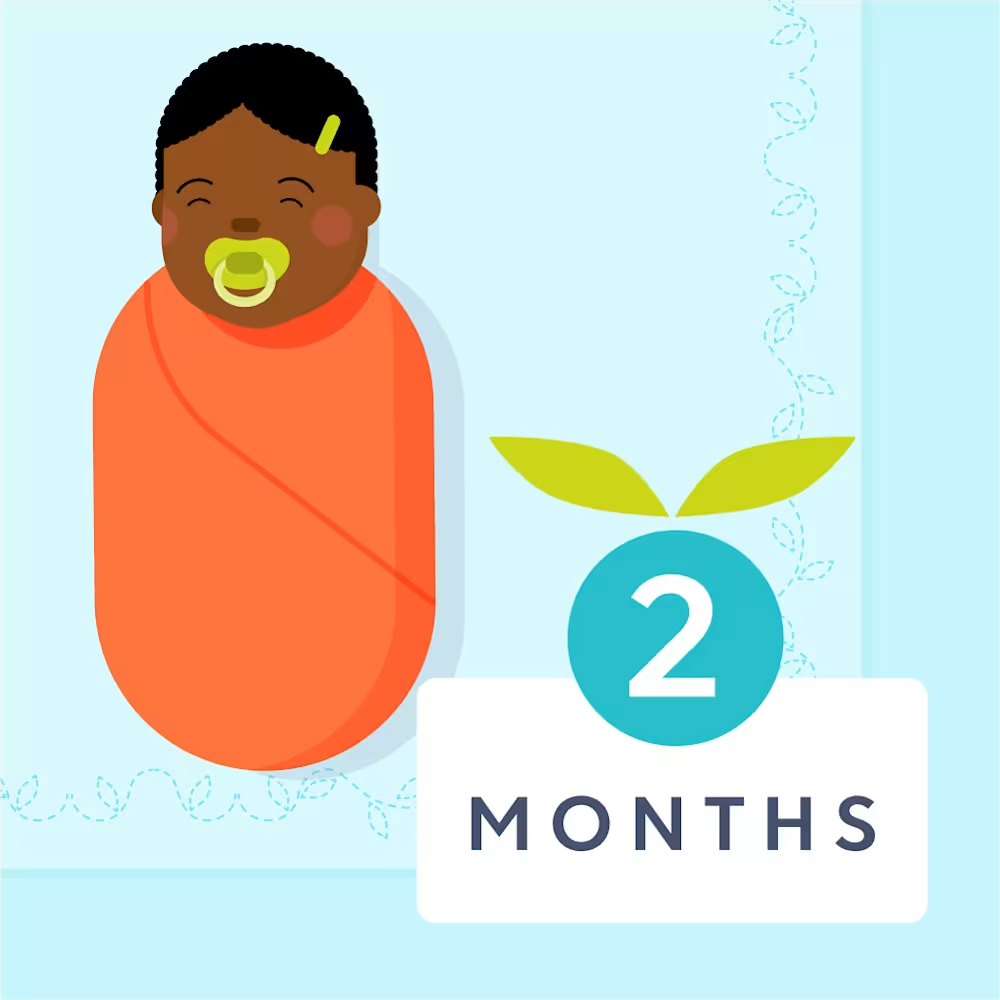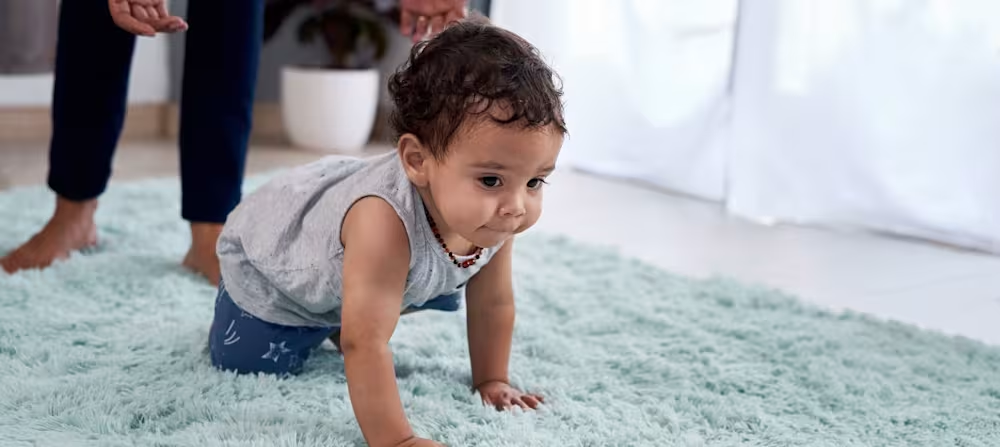Best newborn play and wake activities
Updated Sep 26, 2025

Playing is essential [] for healthy brain development and socialization. But at what age can you start playing with your baby? How do you play with an infant? After all, you can’t play catch, play pretend, or even play with blocks since they’re too little. And not only that, but by the time they wake from a nap, eat, and then have their diaper changed, it seems like they’re just about ready for their next nap or bedtime (as seen in the ). How do you even find the time? Here are 6 ways to play with your newborn.
Table of Contents
6 activities to play with your newborn baby
1. Tummy time
The American Academy of Pediatrics (AAP) recommends [] infants participate in 30 minutes of tummy time and other playful activities spread out throughout their day, every day as soon as they are home from the hospital. After your baby wakes from a nap or right after you change their diaper, spend some time playing with them while they’re on their tummy. You can start with just 3 - 5 minutes at a time, multiple times during the day. Then, increase the length of each session as your baby grows to love being on their tummy.
If your baby doesn’t like being on their tummy right away you can start them in a more upright position. While you’re lying on your back, propped up on a pillow on your couch or bed, lay your infant on their belly on top of your chest. Because you are propped on a pillow, your baby will be more upright as well, but still on their tummy. This is a great starting point! Once your baby can tolerate this, then move to lay them on their tummy on the floor or other safe surfaces.
2. Make faces
While you’re changing your baby’s diaper or even during tummy time, make faces at your baby! During tummy time, your baby will be motivated to lift their head to find your smiling face. You can alternate between a happy face, a surprised face, a kissy face, and so forth. Around 6 or 8 weeks [] your baby will begin to socially smile back at you! This is one of the earliest forms of play for you and your baby.
3. Read, talk, sing
Even though they can’t talk back to you yet, your infant can hear everything you say to them! You can talk and sing to your baby any time during the day. If your baby makes a sound you can imitate the sound back to them. This reciprocal back and forth of making sounds and speaking can serve as a building block for future play. You can also narrate what you’re doing by saying, “now we’re changing your diaper, next we’re going to put on your onesie.” Don’t underestimate the power of reading at this early age. Even though your baby may not understand everything you’re saying, reading to babies before the age of 6 months [] has been shown to support children’s language development.
4. Use a favorite toy or rattle
Your infant may not have or need a lot of toys just yet, but having a simple rattle or other age-appropriate safe toys can help to bring some variability in the way you facilitate play. Use the toy before, during, or after a diaper change or even during tummy time. You can move the toy within their field of vision so that they have to follow it, bring it closer to and further away from them, and then let them try to hold it too. Eventually, when your baby is laying on the floor, you can place some toys around them in a circle so your little one can develop the muscles needed to scoot, roll, and reach for their favorite toys.
5. Different positions for change of scenery
Don’t forget that the entire world is new to your baby! Use the environment to your advantage. Bring your baby to different rooms of your home to play to help mix things up. You can make a game of giving them a tour of each room by talking to them as you explore new locations.
The great outdoors is another new and exciting place to play with your baby too. Talk to your infant as you walk around any accessible outdoor space pointing out trees and flowers and anything else you may see.
6. Safe toys for mouth to explore
Babies use their mouths to explore and learn about objects including their texture, capability, and purpose. This mouthing behavior tends to peak around 6 - 9 months [] but begins much earlier in life. Most toys for infants are designed to go into their mouths like this fun . Just make sure you use an age-appropriate and safe toy before encouraging your baby to bring it to their mouth!
Play and wake activities FAQ
Share article:
Note: The content on this site is for informational purposes only and should not replace medical advice from your doctor, pediatrician, or medical professional. If you have questions or concerns, you should contact a medical professional.
5 Sources
Table of Contents
Share article:






